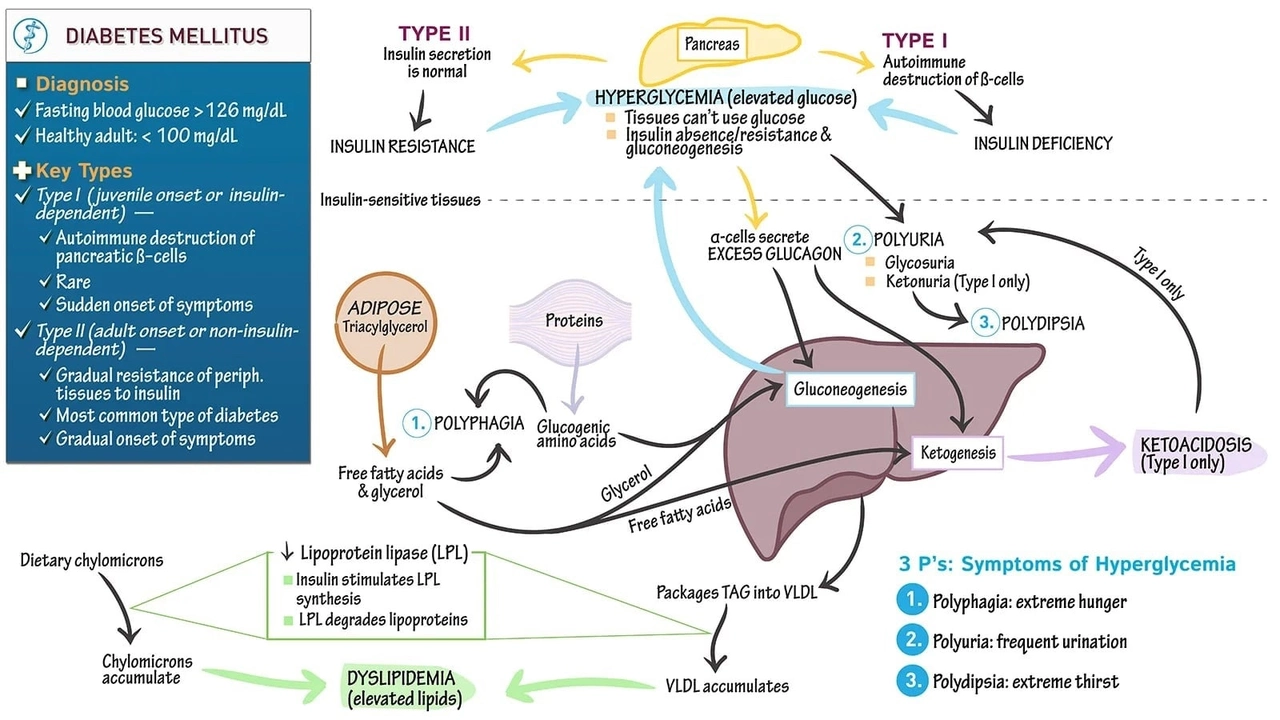Understanding Novel Influenza Threats
In order to effectively discuss the importance of multi-sectoral collaboration, it is crucial to first understand what novel influenza threats are. Novel influenza viruses are those that have not previously circulated among humans. These viruses can emerge from animal populations, particularly birds and swine, and can cause significant outbreaks in human populations if they develop the ability to spread efficiently from person to person. Because these viruses are new to humans, our immune systems may not be well-equipped to fight them off, making the potential impact of such outbreaks much more severe.
Why Multi-Sectoral Collaboration is Necessary
It is important to recognize that the successful control and prevention of novel influenza threats requires a coordinated and collaborative effort. This is because such threats do not respect national borders or sectoral boundaries, and their effective management requires the combined expertise and resources of a wide range of stakeholders. A multi-sectoral approach is essential for several reasons:
- It enables the sharing of information and resources across sectors and national borders;
- It facilitates the development of comprehensive and coordinated strategies for the prevention, detection, and control of novel influenza threats;
- It fosters collaboration and trust between different stakeholders, which is critical for effective decision-making and implementation of control measures;
- It helps to ensure that no single sector or group is overburdened or excluded from the response efforts;
- It allows for the development of innovative and flexible solutions that can be tailored to the unique needs of each sector and country;
- It ensures that the overall response is more effective and efficient, ultimately saving lives and reducing the economic impact of novel influenza threats.
Collaboration Between Health and Animal Sectors
One key aspect of multi-sectoral collaboration in tackling novel influenza threats involves cooperation between the human health and animal sectors. This is because the majority of novel influenza viruses that pose a risk to human health are believed to originate in animal populations. By working together, these sectors can improve surveillance and monitoring of potential threats, share information on emerging viruses, and coordinate their efforts to control outbreaks in both human and animal populations. This collaboration can also help to inform the development of new diagnostic tools, vaccines, and antiviral drugs to protect both humans and animals from novel influenza threats.
Engaging the Private Sector
Another important component of multi-sectoral collaboration is the involvement of the private sector. Pharmaceutical companies, for example, play a crucial role in the development and production of vaccines and antiviral drugs that can be used to prevent and treat novel influenza infections. By engaging with these companies, public health officials can help to ensure that adequate supplies of these essential tools are available in the event of an outbreak. Additionally, involving the private sector in planning and response efforts can help to foster innovation and ensure that the most effective and efficient solutions are developed and implemented.
Working with Local Communities
Local communities are often on the front lines when it comes to detecting and responding to novel influenza threats. By involving these communities in multi-sectoral collaboration efforts, public health officials can better understand the unique challenges they face and develop targeted strategies for prevention and control. Additionally, engaging with local communities can help to build trust and acceptance of public health measures, which is essential for their successful implementation. This collaboration can also help to ensure that local perspectives and knowledge are incorporated into the overall response effort, leading to more effective and sustainable solutions.
Building Global Partnerships
Finally, the importance of multi-sectoral collaboration in tackling novel influenza threats cannot be overstated when it comes to building global partnerships. In today's interconnected world, an outbreak of a novel influenza virus in one country can quickly spread to other countries, posing a threat to global public health and security. By working together across sectors and national borders, countries can share information, resources, and expertise to more effectively prevent, detect, and control novel influenza threats. This collaborative approach can help to reduce the risk of future pandemics and ensure that the global community is better prepared to respond to these emerging challenges.



